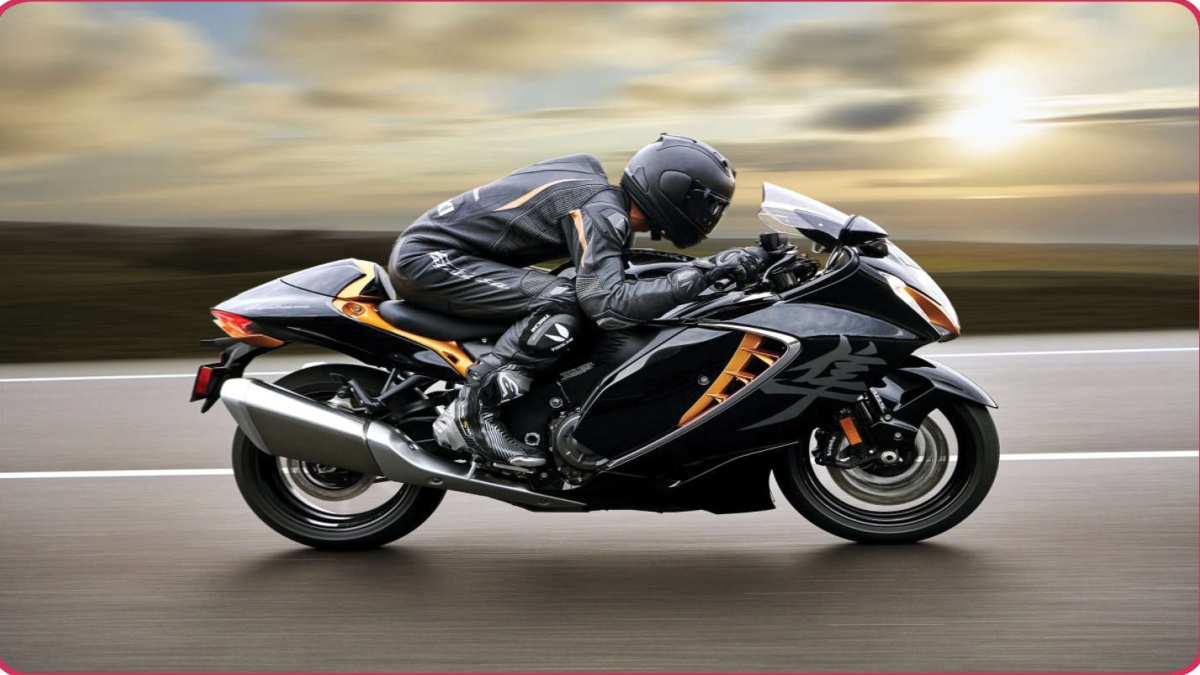
There hasn’t been a more iconic superbike in India than the Suzuki Hayabusa. It has got its fair share of followers and lovers, and riders swear by it. But the implementation of BS6 emission norms in India early last year meant the Japanese bike maker had to stop the sales of its flagship product in India. From then on there was intense speculation if the Hayabusa would even be launched again in India and now it has happened. That is because its engine now meets the more stringent emission norms. Suzuki says the bike has further evolved the unique styling design with outstanding aerodynamic performance and superior riding performance.


DESIGN
This is the third-generation model of the Hayabusa, and a full model change has been seen on the bike for the first time in 13 years. It has been made under the product concept “Ultimate Sport” which is inherited from the very first generation of the bike. Considering the riders are quite familiar with the original silhouette and layout of instrument console of previous generations’ Hayabusa sport bikes, Suzuki has retained both in the new generation model. However, the instrumental console containing large analogue meter and tachometer is now equipped with number of new touches that make it simpler to use and view. The bike also gets new mirrors which improve the view for the rider. The new headlight, position lights and turn indicators get LEDs.
ENGINE
The all new Hayabusa is powered with 1340cc four stroke fuel injected liquid-cooled DOHC, in-line four engine. It is the same engine as before but because of stricter emission norms now makes a little less power and torque. So, Suzuki claims you get a maximum power of 190PS at 9,700rpm and a peak torque figure of 150Nm is delivered at 7,000rpm. At 264 kgs the new Hayabusa is slightly lighter than before. The bike also accelerates more quickly than earlier while its top speed is 299 kmph. It also gets riding modes electronic control system to better fit varying riding scenes from city riding to touring, racetracks, and better serve for riders’ preferences and skill levels.
ELECTRONICS
The newly installed Suzuki Intelligent Ride System (S.I.R.S.) on the Hayabusa features SDMS-α, which offers a choice between three factory presets, (A: Active, B: Basic, and C: Comfort), as well as three user-defined settings (U1, U2, U3). Each one of these selects the mode settings as a group for the Power mode selector, motion track traction control, anti-lift control, engine brake control and bi-directional quick shift systems. The rider uses switches on the left handlebar to change modes and settings, and the current settings are displayed on the TFT LCD panel located in the centre of the instrument cluster, between the large analog speedometer and tachometer.
The system also comes with active speed limiter, a first in the motorcycle industry that allows the rider to set a speed limit the bike should not exceed, eliminating worries about speeding or driving faster than intended. The system can be temporarily overridden with one quick twist of the throttle, making it easy to accelerate beyond the set limit to pass other vehicles. It can be deactivated completely at the press of a button after releasing the throttle. You also get features like low RPM Assist, Cruise Control, combined brake control and Hill hold control with the superbike.
PRICE
The all-new third generation Hayabusa will retail at Rs. 16.4 lakh (ex-showroom Delhi) and according to Suzuki, the deliveries of the bike will start in May. There are 3 colour options to choose from – glass sparkle black with candy burnt gold, metallic mat sword silver with candy daring red and pearl brilliant white with metallic mat stellar blue. Apart from the company dealerships the bike can also be booked on the company’s website by paying Rs. 1 lakh.















